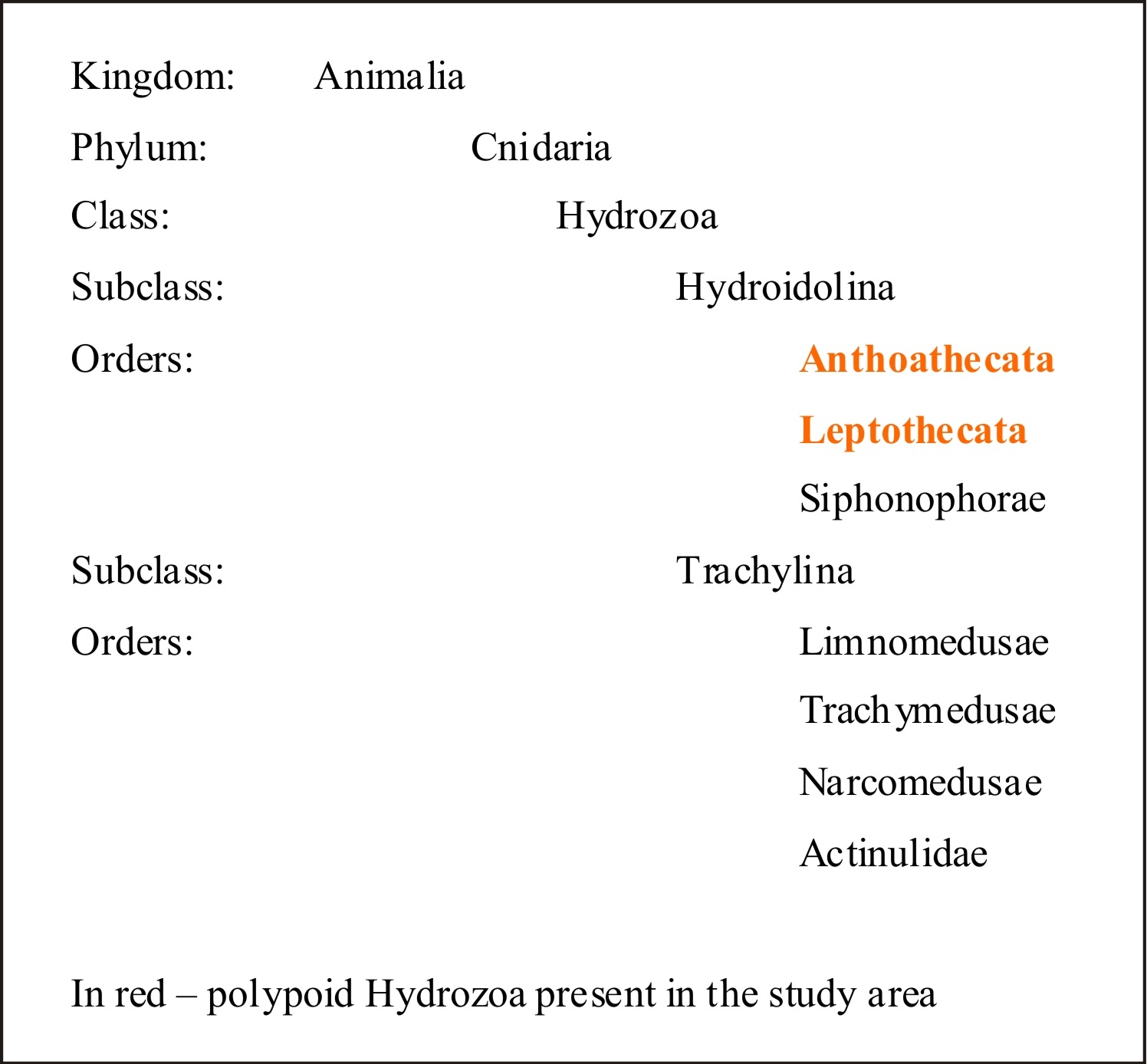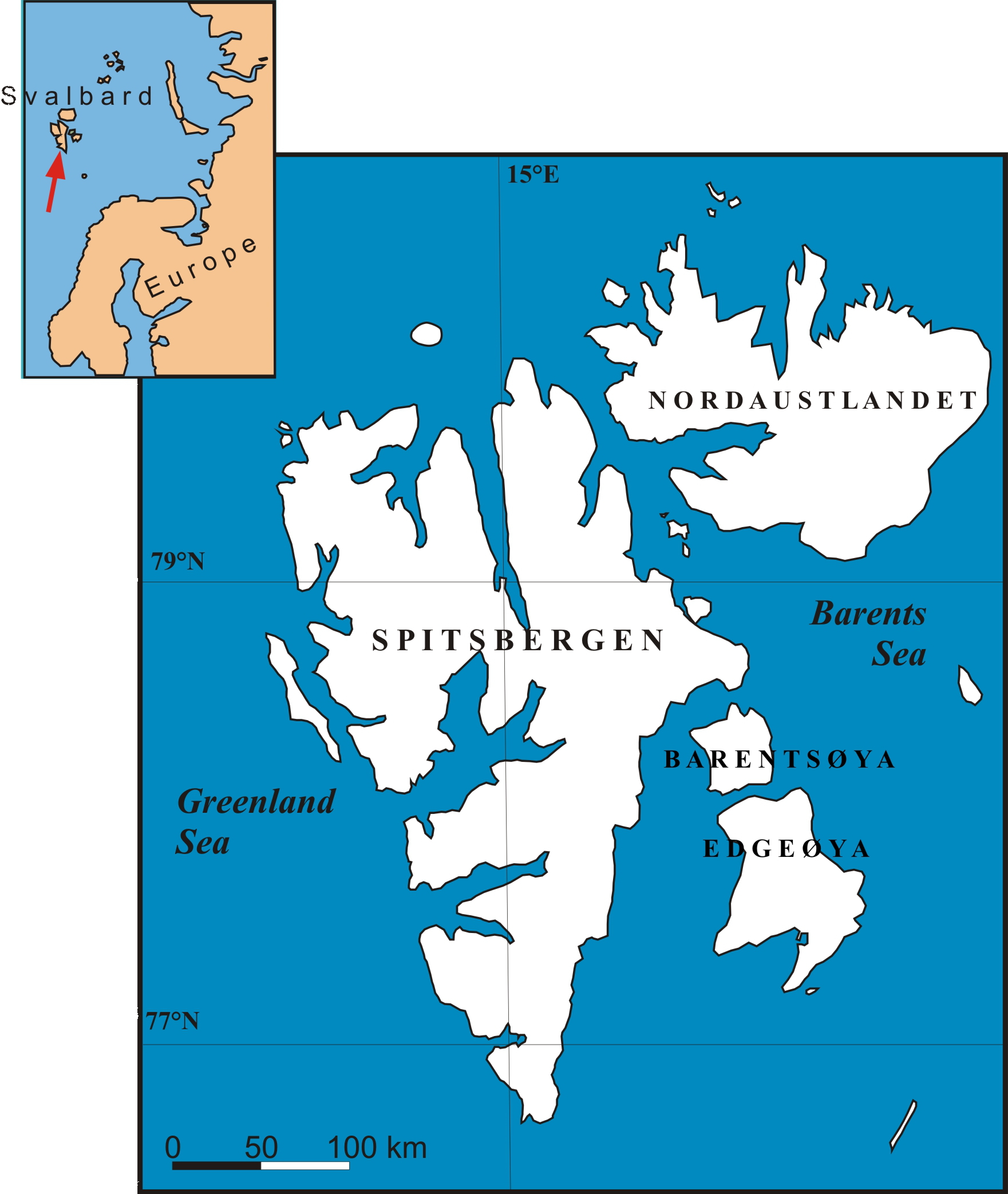INTRODUCTION
Hydroid is the name of the polypoid stage in the class Hydrozoa.
The common life cycle of Hydrozoa comprises a succession of developmental stages: planula larva, sessile,
asexual hydroid and mobile, reproductive medusa. In about 70% of the species medusa stage is suppressed.
In these cases, the medusa does not leave the hydroid colony but is maintained at different stages of
development on the polyp as a sporosac (fixed gonophore).
The class Hydrozoa is a monophyletic group of about 3 500 described species in the phylum Cnidaria.
Hydrozoans are mostly marine, but they can also live in brackish and freshwater systems. In the seas they
inhabit all latitudes and all depths. The class comprises two monophyletic subclasses; this division is
supported by molecular phylogenetic analyses. Hydroidolina, the first subclass, includes three orders
(Leptothecata, Anthoathecata and Siphonophorae) and numbers about 3 220 valid species that are highly
diversified in hydroid and medusa morphologies and in life cycles. Trachylina, the second subclass, comprises
roughly 150 valid species that are classified into four orders: Limnomedusae, Trachymedusae, Narcomedusae, and
Actinulidae. The subclass Trachylina is characterized by the absence of the polyp stage in most of its species.
A very reduced and modified polyp stage can appear only in the order Limnomedusae.
Classification:

Svalbard is a Norwegian archipelago located between 74° and 81° N and between 10° and 35° E on
the western edge of the Barents Sea shelf. It comprises about 150 small islands and a few larger ones (Spitsbergen,
Nordaustlandet, Edgeoya, Prins Karls Forland and Barentsoya). The west coast of Spitsbergen is under the influence of
the relatively warm West Spitsbergen Current that carries saline, Atlantic water (T>2°C, S>34.7 PSU). The eastern and
northern parts of archipelago are affected by the colder Arctic water (T<0°C, S=34.3-34.8 PSU). About 60% of the Svalbard
land mass is covered by glaciers.

The main aim of the project is to present a hydroids diversity in the Arctic waters of Svalbard Archipelago.
Special effort is undertaken to describe and picture each species in the way that may be helpful to marine
biologist without taxonomical training to identify taxa to the lowest level possible.
UP
| 
